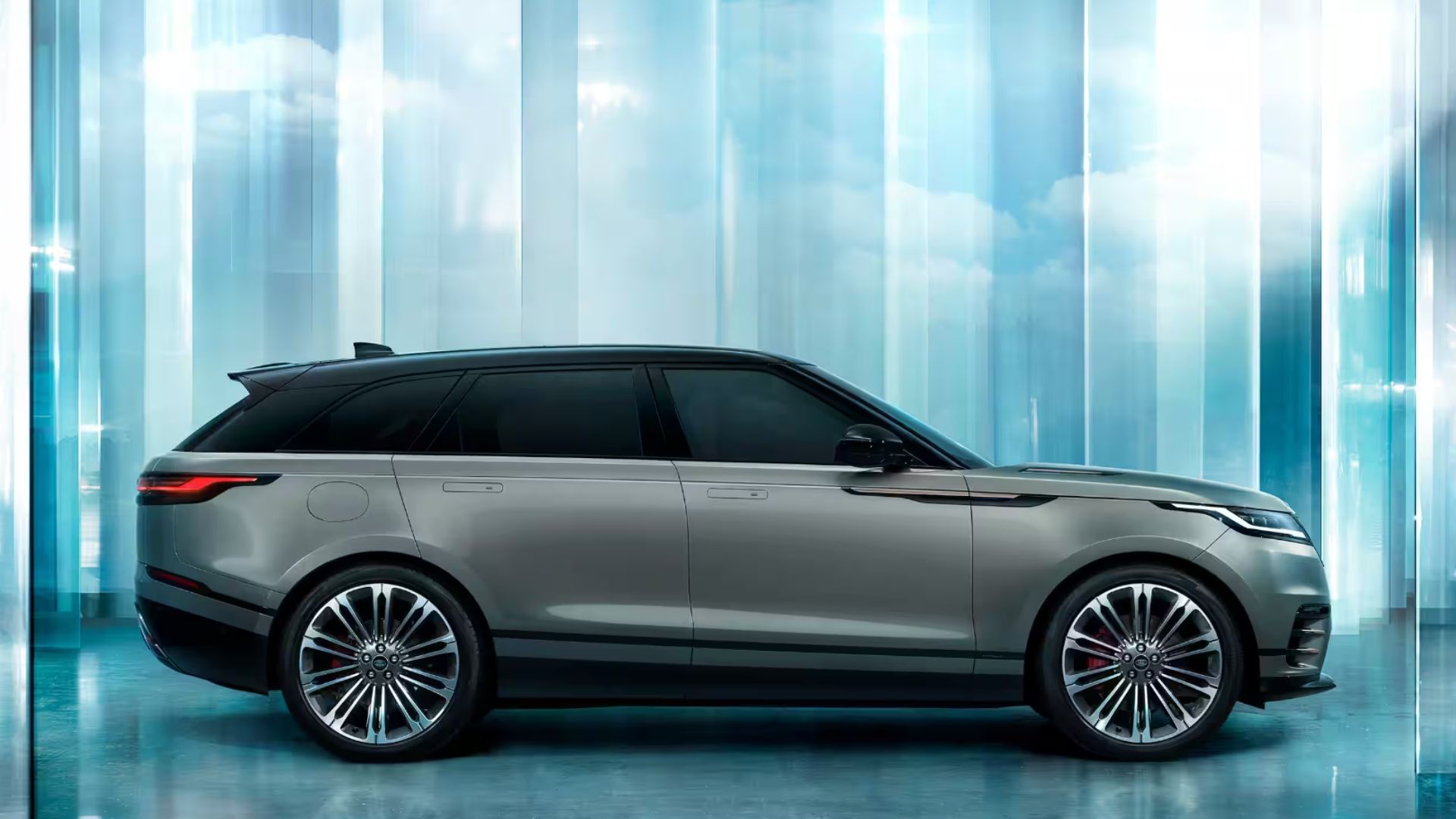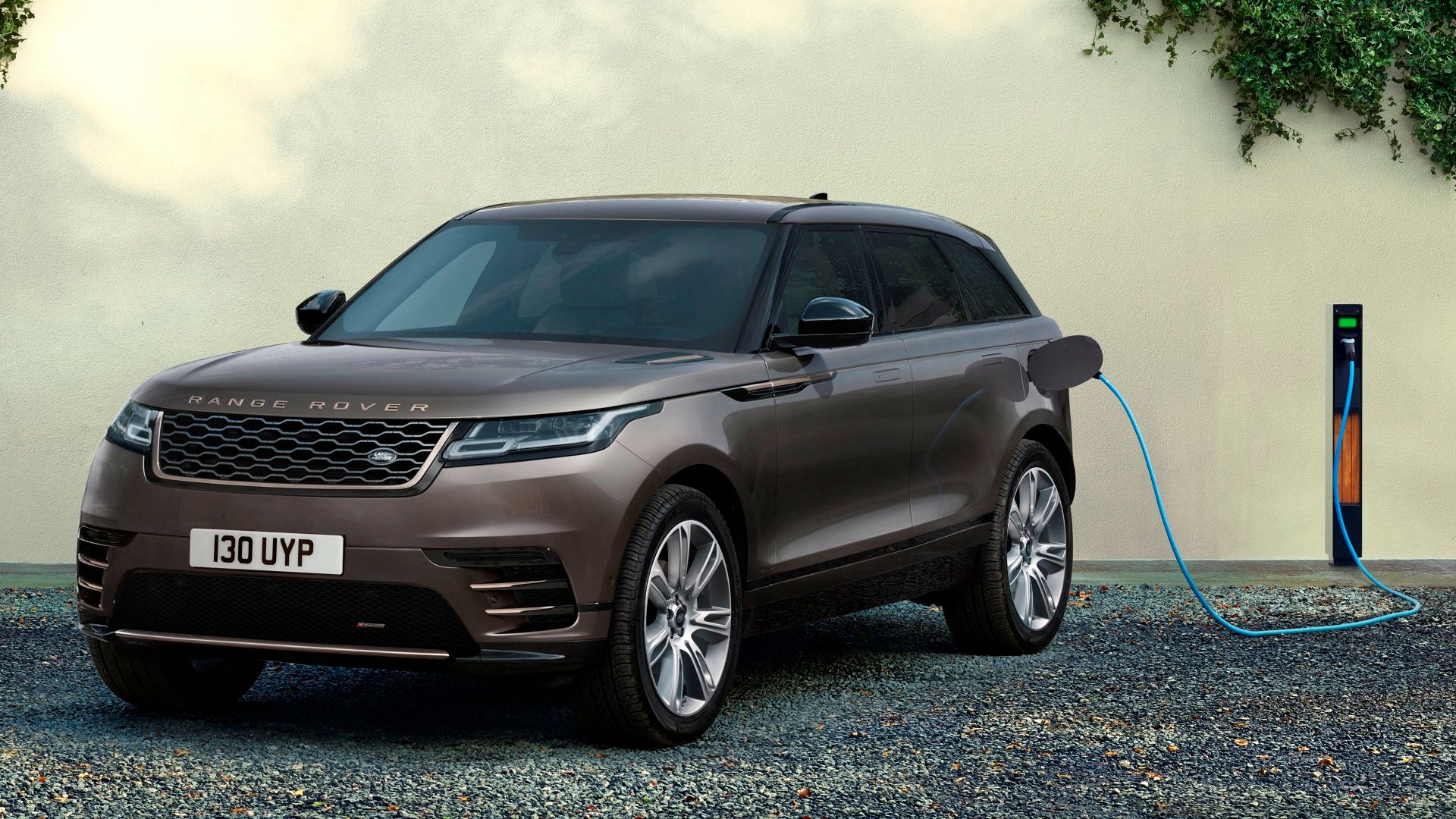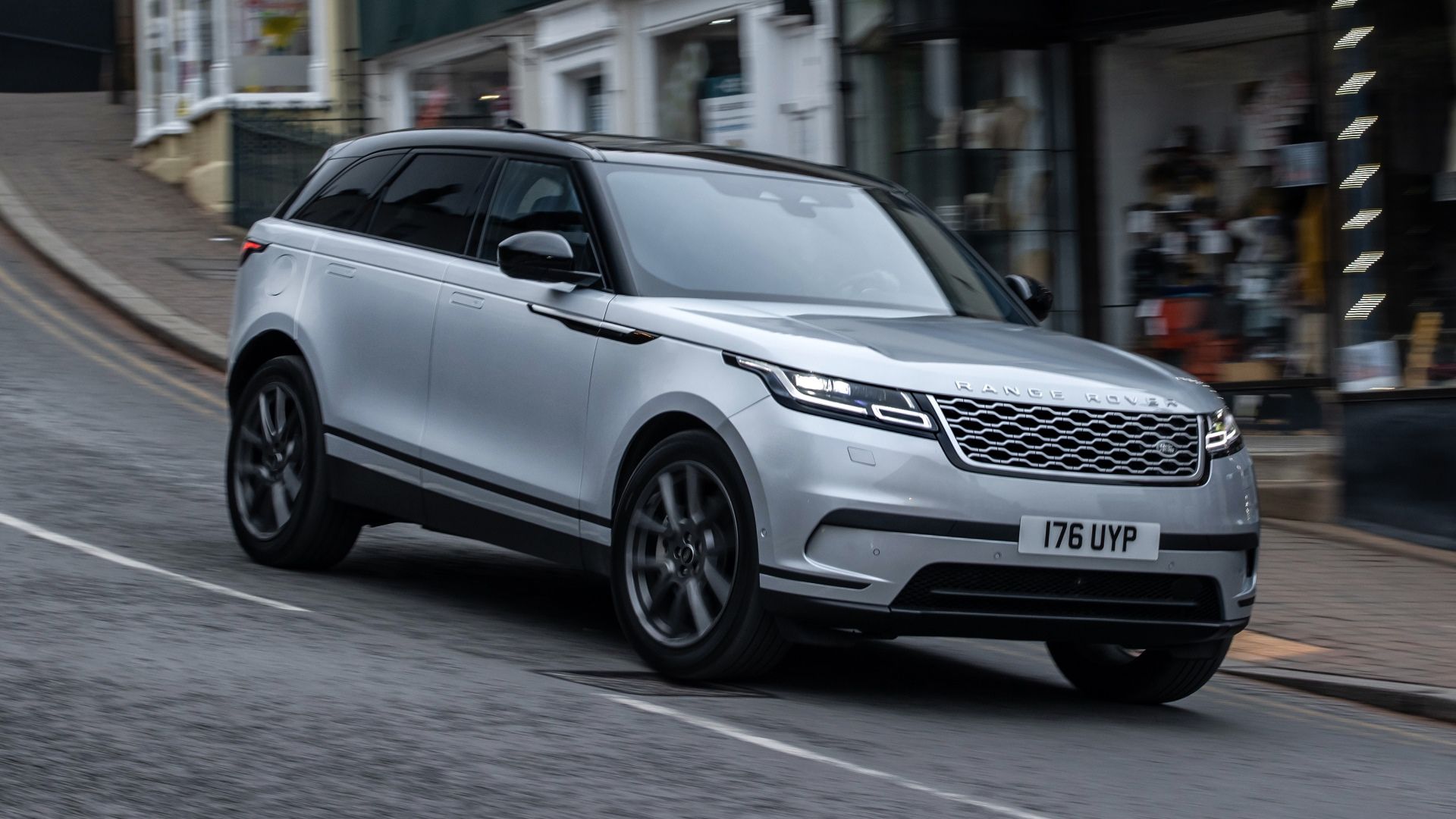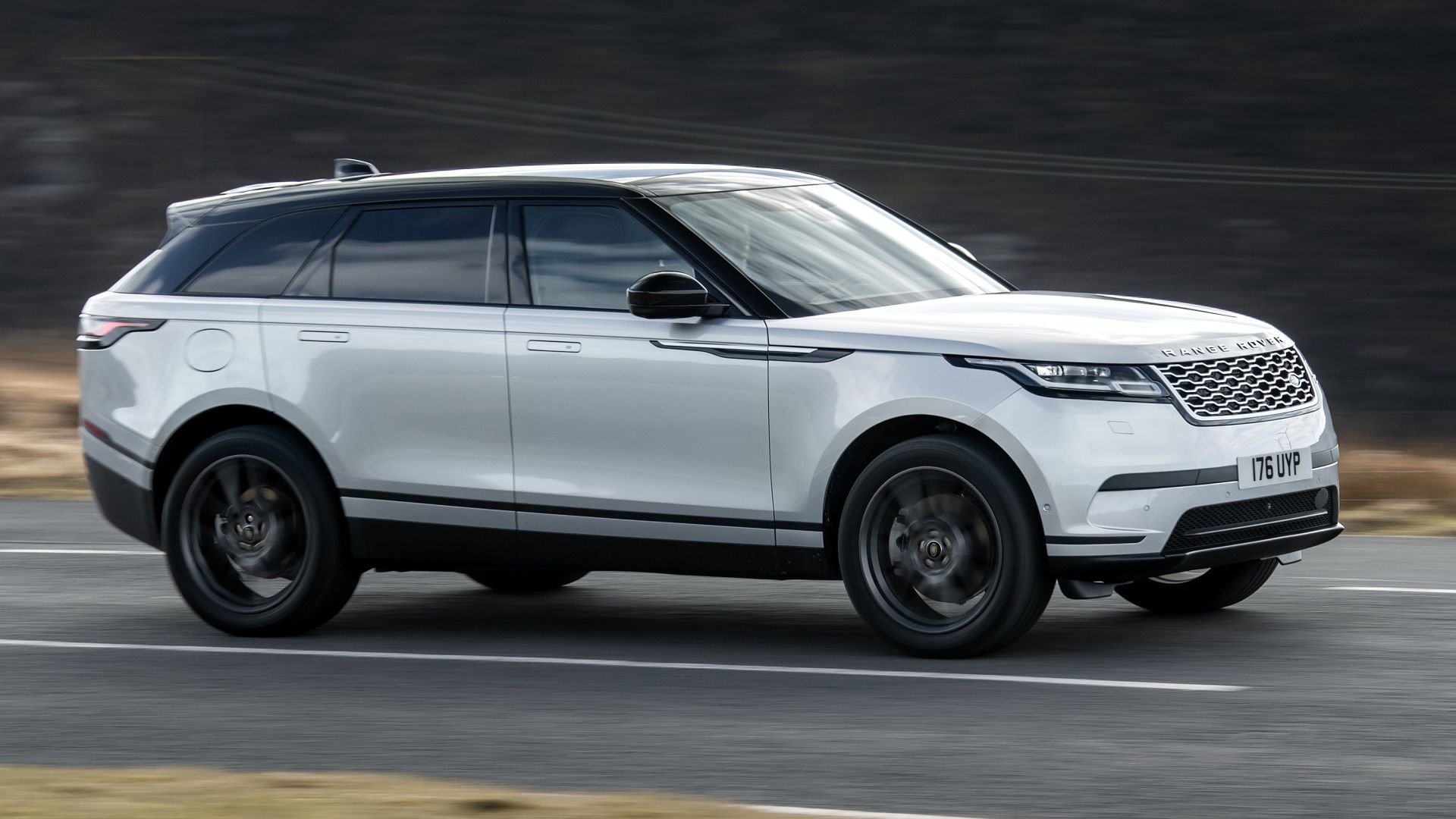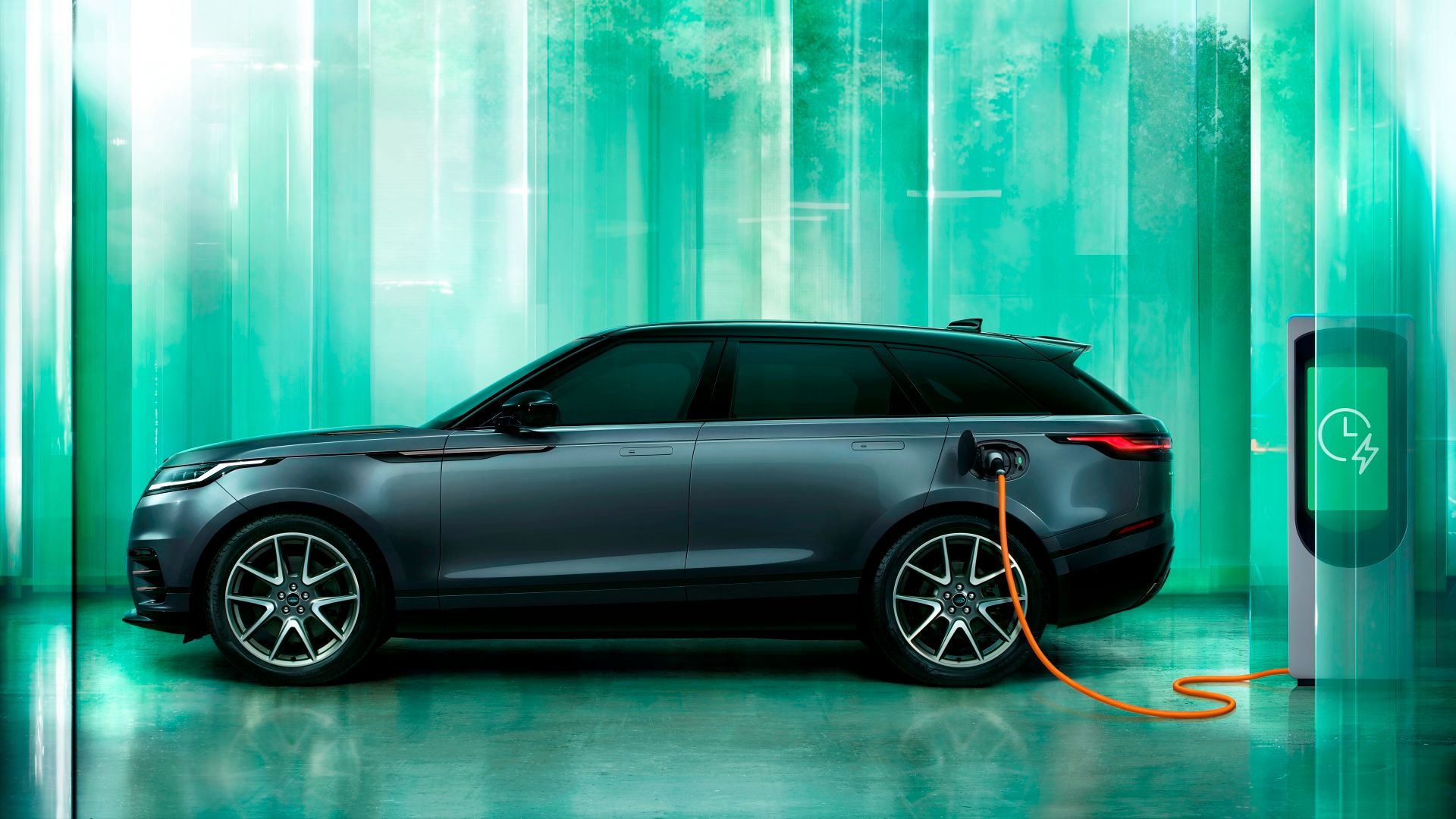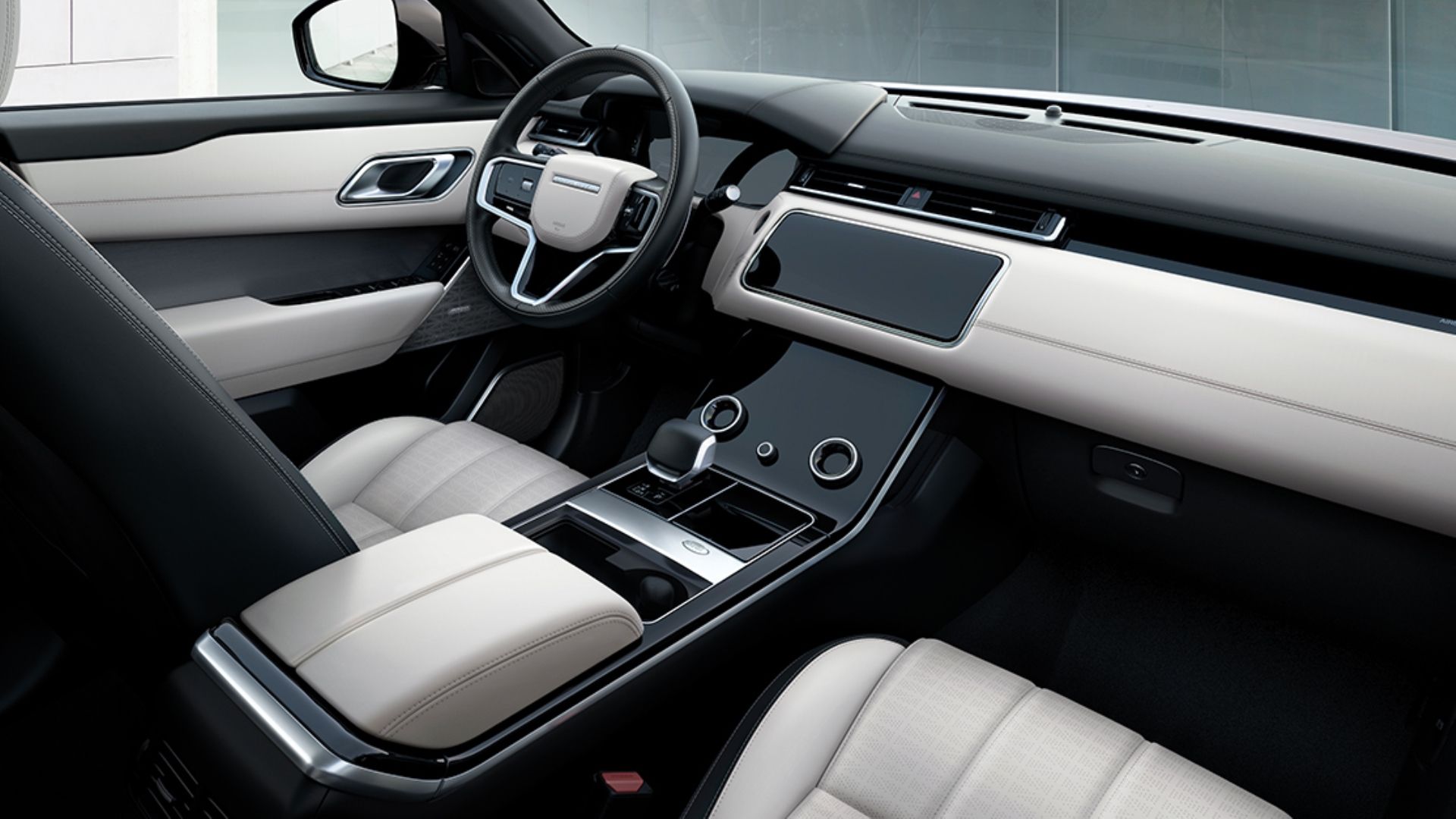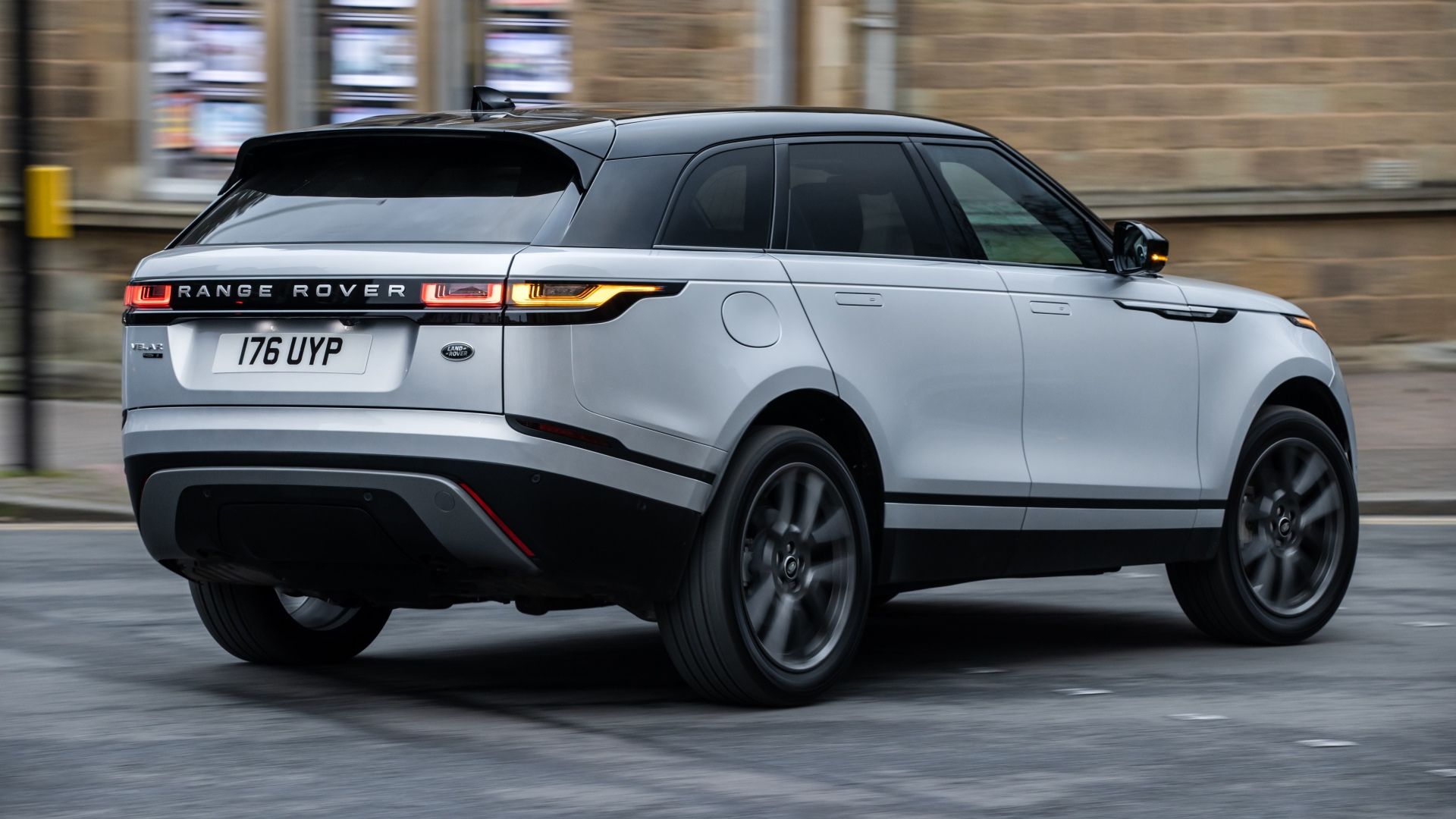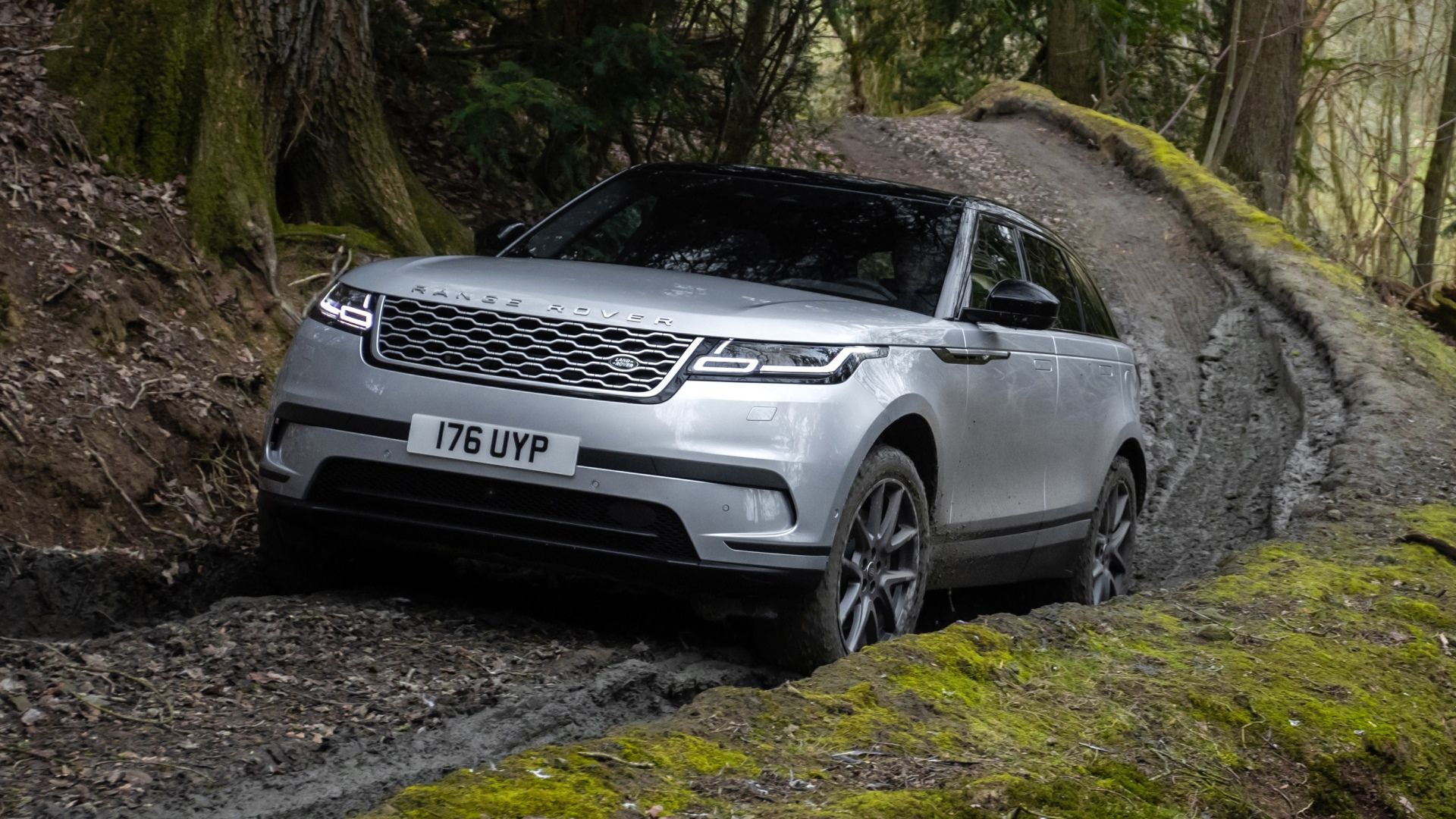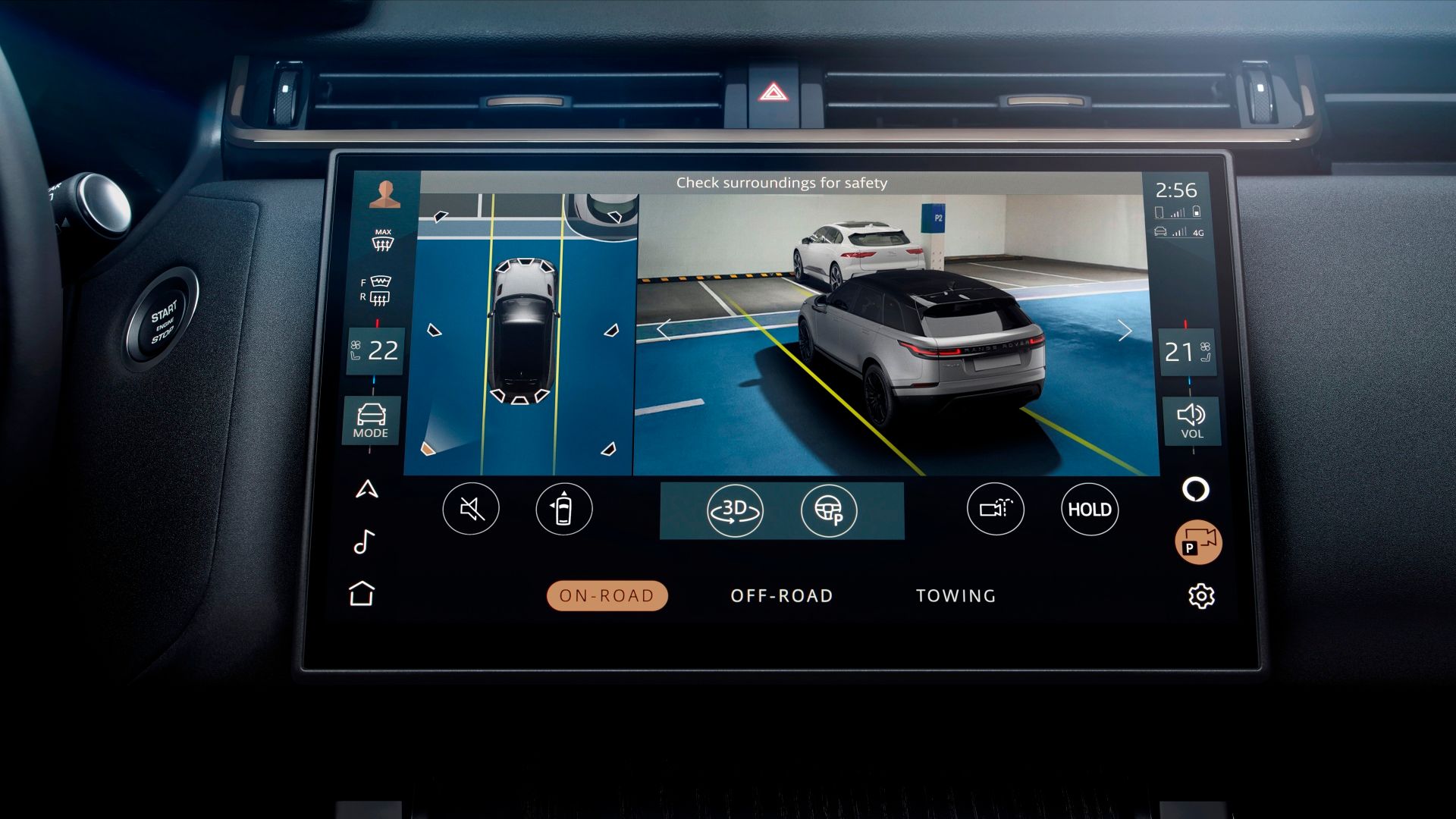The first-generation Range Rover Velar was an immediately attractive proposition from the British marque because it offered potential customers a legitimate brand experience. The smaller Evoque at the time struggled to win hearts because of its poorer engine options, shoddy quality, and dated chassis design that dates back to the Land Rover Freelander. The Velar was a genuine Range Rover with a dazzling design, high-quality interior, and enjoyable drive. To no one’s surprise, it was an instant hit and performed exceptionally well across the global market, rivaling the likes of the Porsche Macan, BMW X5, and Mercedes-Benz GLE.
Next in line for the Velar moniker is a thrilling new electric variant, which should arrive in 2025 at the earliest. This is the year when the entire Jaguar Land Rover group will transition to producing fully electric cars, leaving behind a long legacy of iconic but admittedly troublesome internal combustion engines. Range Rover has not disclosed any details regarding what it has planned for the electric Velar. Based on its existing range and rumors that have leaked in recent months, there is some idea of what to expect from the company’s upcoming thrilling electric SUV.
Information, rumors, and impressions regarding the current and upcoming Range Rover Velar EV are sourced from the manufacturer, Autocar, Euro NCAP, and Car and Driver.
1 A New Era Of Electric Luxury
The first-generation Range Rover Velar introduced a more accessible point for the brand’s luxury offering that was miles ahead of the Evoque. Customers had the privilege of experiencing true Range Rover quality in a more compact body that was better suited for smaller families and denser environments. Velar owners expect a close, if not the same, standard of luxury associated with the flagship SUV. Unfortunately, the current generation fell short on some of these promises, despite being a compelling overall package.
The new generation of the Velar will improve on these elements, thanks to a new arrangement of luxurious and sustainable materials and a promise from the brand that new cars will have better build quality and reliability. The new generation of the Range Rover Velar EV will also introduce a host of improved comfort and convenience features.
2 Chic SUV Design For The Posh
One element where critics and fans are sure Range Rover will succeed is in creating a visually stunning design for the next Velar. Designers have more freedom to experiment with new design cues when penning a fully electric car, because it does not have to accommodate certain components like the front grille or exhaust system.
The current flagship Range Rover and Range Rover Sport have deviated from the company’s design philosophy quite a bit, which has led to many criticisms. There’s a strong chance that the Velar will take the same path, as the brand appears to be experimenting with new futuristic cues. These designs appear to tease the future of the marque’s design language when it transitions to fully electric products in 2025.
3 Next-Generation Electric Platform
Despite releasing almost no official details regarding its future plans, Range Rover will be introducing an all-electric variant of its existing Modular Longitudinal Architecture sourced from the Jaguar Land Rover group. The brand already has a comprehensive range of hybrid and plug-in hybrid options for all of its models, but its BEV deadline is drawing close. The current-generation platform accommodates fully electric cars, so the Velar EV will definitely incorporate a front and rear multilink air suspension.
This will result in sharp handling characteristics with superior comfort levels. The current Range Rover is a fairly lofty SUV, so the Velar is likely to be considerably heavier than the current ICE model. There’s no indication of what battery packs will be used, but it will have to offer more than 300-miles of range on a single charge. An all-wheel-drive configuration with good off-roading abilities is also a must.
4 Comprehensive Safety Equipment
Range Rovers have always benefited from a good safety reputation, having always achieved good IIHS, NHTSA, and Euro NCAP scores. Most of the later models have not been crash-tested in the U.S., which is a common case for cars of their stature, but the standard level of safety equipment is very expansive. Battery electric vehicles must have an upgraded structure to protect the lithium-ion battery pack, which is at risk of combustion under the event of a collision.
A vast airbag configuration, better impact absorption, and more intuitive seatbelt pre-tensioner are some of the many features that will be revised to improve occupant safety. Body panels will also be revised to lessen damage done to pedestrians. The focal point of the Velar EV’s safety will be prevention, made possible by a new generation of advanced driver assistance systems.
5 Next-Level Semi-Autonomous Driving Technology
Range Rover already offers an impressive Level Two autonomy package as standard in most of its cars. The brand has been developing autonomous driving technology for many years, and the Velar EV will showcase the best it has to offer. Jaguar Land Rover has already confirmed that all of its future cars will feature Nvidia Drive’s computer systems by 2025. This piece of kit is built for self-driving technology and allows carmakers to install their own custom software.
Nvidia’s tool is a powerful advantage, because it lets developers get the most out of self-driving technology thanks to an intuitive AI brain. Range Rover will attach this to a comprehensive combination of cameras, sensors, and LiDAR to cover all bases, resulting in a clever and attentive self-driving experience.
6 Better Fast-Charging Abilities
Range Rover is already ahead of the fast charging game, as it is one of the few companies that offers Level Three fast charging for its plug-in hybrid models. The PHEV SUV’s 38.2 kWh battery can be replenished in just 31 minutes using a direct current. If the Velar EV accommodates a pack of the same capacity, it needs to have better charging speeds.
The Velar EV will be used as a daily commuter that may sometimes cover long distances. Users expect the best convenience and no possibility of being stranded without any means to charge. JLR has already been executing a broad global charging infrastructure, but it needs to cover a lot more areas within the next two years if it has any hopes of settling its users’ range anxiety.
7 High Customizability From SVO
Range Rover has already confirmed that its bespoke SVO division will be progressively expanded with more colors, materials, and specification options to improve the level of customizability and exclusivity. The Velar EV will be a popular product, but the SVO orders will remain niche due to the exorbitant prices attached to this service.
SVO renovations are done by the hands of the company’s best crafters and tailors to ensure its clients get an unrivaled level of quality and luxury. The service also comes with stylists who can advise the best color and material combinations based on tastes and preferences. A good example of the division’s work is seen in the limited HST edition, which featured unique interior and exterior trimmings.
8 Multiple Trim Offerings
Range Rover will maintain its three-tier trim levels for the electric Velar. These consist of the base SE, mid-tier HSE, and flagship Autobiography. All trims will have different standard feature, but the state-of-tune should not be affected as these are dictated by another designation. Range Rover will be sure to make each model generously kitted out, with each trim level being just a bit more premium than the last.
The Autobiography will be significantly more expensive than the base models, but the price will be justified by its broad features list, unique cosmetic trimmings, and access to the best optional extras. This trim may only be available via the top state-of-tune options. A performance-specific SV model should also be guaranteed for customers who want to enjoy thrilling speeds without compromising luxury. Bespoke limited edition trims will likely be periodically released to maintain the moniker’s exclusive allure.
9 Extremely Capable Air Suspension
While they may not always be the most reliable, Range Rover products are renowned for their impressive air suspension configurations that offer the perfect blend of comfort, performance, and off-roading capability. This air suspension system will have to work harder to support the heavier battery pack. The adaptive air suspension means that the Velar EV will be suited for adjustments on the fly, based on readings it gathers from the driver and the surface.
Electric cars benefit from immediate torque, resulting in faster acceleration, so the revised suspension will have to react with increased precision. As mentioned, reliability will have to be a priority for the air suspension, particularly when users traverse non-tarmac environments, as this is where they expect a Range Rover to shine bright.
10 Intuitive Digital Displays
The current Range Rover Velar already benefits from a comprehensive host of Pivi Pro digital displays that are considered one of the best in the world. These screens have clear resolutions, bright colors, and amazing response times, making them extremely satisfying to use. One of the biggest drawing cards is how it merges haptic feedback technology to translate a more tactile feel.
The next-generation of electric Velars is expected to expand digital innovations across screens and steering wheels. The touch-sensitive multifunction steering wheels have already experimented with digital displays, so there is an expectation that the brand’s engineers and designers will expand on this.
Credit: Source link

